“Why place refugees in deprived areas where the social infrastructure is already under pressure?”: Ken Loach on The Old Oak
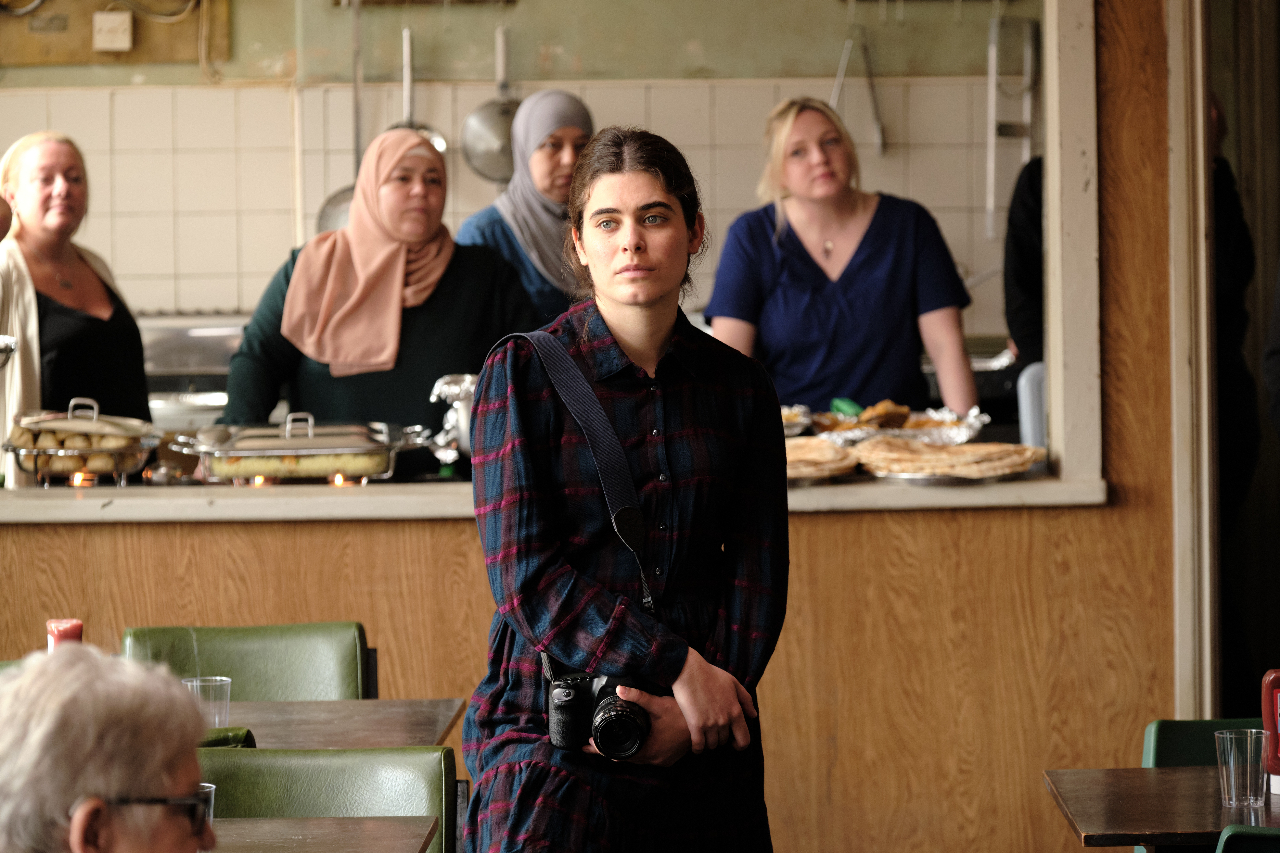
Acclaimed British director Ken Loach has once again positioned himself in the limelight at Cannes Film Festival with his poignant new film, The Old Oak, an evocative exploration of societal changes in a former mining village. Loach navigates the complexities of cultural amalgamation and economic decline with his signature blend of sensitivity and realism.
The Old Oak is a portrayal of the working-class struggle, Loach narrates the intertwined stories of TJ Ballantyne, a local pub landlord, and Yara, a young Syrian refugee. In the backdrop of economic instability and cultural fear, this unlikely duo forms a bond, bringing their distinct worlds together. Their camaraderie provides a visceral commentary on the contemporary realities of rural England, where the struggle of native communities intersects with the hopes and fears of newcomers seeking refuge.
In this interview, the director delves deeper into the themes and inspirations behind The Old Oak. The conversation touches on the importance of representing working-class struggles, the challenges of portraying multicultural rural communities and the significance of the old oak as a symbol in the narrative.
What was the gestation of The Old Oak?
We had made two films in the Northeast, stories of people trapped in this fractured society. Inevitably both ended badly. Yet we had met so many strong, generous people there, who respond to these dark times with courage and determination. We felt we had to make a third film that reflected that, but also did not minimise the difficulties people face and what has befallen this area in the past decades. There was another, longer story to tell, if we could find it.
A starting point was the reality of the region’s neglect. The old industries had gone – ship building, steel and coal mining – and little had been put in their place. Many of the pit villages, once thriving communities with great traditions of pride in their tradition of solidarity, local sports and cultural activities, were left to rot by the politicians, both Tory and Labour. We found that people expected nothing from the Tories, but Labour’s failure was denounced – ‘done nothing for us’ – yet it was a Labour heartland, with Tony Blair and Peter Mandelson being local MPs. It had made not a jot of difference. The communities were simply abandoned.
Many families had left, shops closed, as did schools, libraries, churches, most public spaces. Where there was no work, hope drained away, and alienation, frustration and despair took its place. Alarmingly, the far right made an appearance.
Councils in other, more prosperous areas sent vulnerable, needy people, seen as ‘problems’, who depend on housing benefit to cover their rents, to places where accommodation was cheap. Conflicts were inevitable.
Then there was another twist. The government finally accepted refugees from the horrific war in Syria. Fewer came here than to most European countries, but they had to go somewhere. Again, it was no surprise when the Northeast took more than any other region. Why? Cheap housing and an area that the national media barely notice.
Paul heard the stories of what had happened when Syrian families first arrived, and we began to think this was the story we should tell. But first it had to be understood. Two communities living side by side, both with serious problems, but one with the trauma of escaping a war of unimaginable cruelty, now grieving for those they have lost and worried sick for those left behind. They found themselves strangers in a foreign land. Can these groups live together? There will be conflicting responses. In such dark times, where is hope?
It seemed a tough question, and Paul, Rebecca and I thought we should look for an answer.
How did those initial thoughts evolve into the characters and story of The Old Oak?
Paul and I talked about the wider picture a lot. Then Paul suggested centring the story around a pub, to be called The Old Oak. The landlord, TJ, would embody the struggle, with a history of being active in the community but now beset with problems. Stories are about relationships, and Paul then wrote of a Syrian woman who learned English in refugee camps working with international volunteers and taught herself to be a photographer. These experiences widen her perspective on the world around them. Her friendship with TJ is the core of the story.
How did you ground the characters who are living in the village, those who reject newcomers?
As always, we listened and learned. After years following social conflicts and struggles, we know what to expect, but the precise way events unfold and people react is always revealing. What became clear is that in everyone’s position there is a truth. The problem is, what do people learn from their truths? You wait a long time to see a doctor – who is to blame? School classes are too crowded – who is responsible?
There are no immediate villains here. A sense of grievance can drive people to extreme measures, but there is always a logic to how they behave. To miss that is to cheapen the drama.
This village is part of a wider community. It has a long history of standing up to exploitation and attacks, first by the older mine owners and more recently by Margaret Thatcher and the enforced closure of the pits. These struggles taught solidarity and the value of international support. But the weakening of union power left individuals to fend for themselves. Look after number one, ‘there is no such thing as society’, the worship of the entrepreneur, these are shifts in consciousness that may overwhelm the old values. And affect whether the Syrian families are made welcome or not. And so we listened, observed, and Paul wrote the script.
How did you want to portray the Syrian families who arrive in the village?
The principle is always the same. Listen, observe and allow the people to be true to themselves. Casting is critical. It was clear that Syrians in the film should be those who have settled in the area. Paul’s script allowed them the freedom to contribute so that they the story was a true reflection of their experiences.
The details were important, and we all learned a lot. As in all groups, people are different. Some families were traditional, some less so. Some had learned English; some had found it difficult – I sympathised with that. All were generous with their time, many committed wholeheartedly to the project, and the cakes they brought to the set became legendary!
We were lucky to find two people who guided us through our developing relationship with the Syrian families. Yasmeen Ghrawi was invaluable during the casting and from time to time during the shoot. Sham Ziad became our link to the families, sensitive to all the questions that arose day by day.
Sometimes we had to slightly amend the details as we went along. Some Syrian mothers did not feel comfortable being seen to enter a pub and were concerned that their heads should remain covered. There was always an answer and it was important that everyone felt respected and at ease. We had a lot of laughs and made many friends.
And the rest of the casting?
After the script, casting is the most important element of any film. In The Old Oak, we wanted everyone apart from the Syrians to come from the local community. All the different responses to the Syrians’ presence came from people who lived in the same streets, shared the same history and knew there had been good times before the bad ones. Then it becomes apparent that the same experience can be interpreted in contrasting ways, the conflicts of the drama spring from the same source.
It followed that we should find people who seemed part of the very landscape of the village. No one assumed an accent that was not theirs. They could drop into one of the real pubs and be taken for a local. This might seem a limitation, but it was the opposite. We found so many talented people, from established actors to relative newcomers and those whose lived experience made an immediate impression.
Kahleen Crawford has been our casting director for many films and she, Carla and Eliza worked hard to ensure that we met everyone who might fit the bill. After so many films I should not be surprisedattheabilityofsomanytomakefictional situations seem real. Everyone we met had something to offer, and we were left regretting that an already large cast was not even larger.
Apart from TJ, Yara and Charlie, who we mention below, there were many critical roles to cast. Two of the hardest were Vic and Gary, who take a strong line on the arrival of the Syrians. Chris McGlade and Jordan Louis understood what drove that hostility. They committed to present that without apology or overplaying the scenes. It is important for the story that the audience understands Vic and Gary, that they are credible. I felt that Chris and Jordan achieved this without compromise – a real achievement.
Two other key roles were Laura, one of the few in the village who welcome the newcomers from the start, and Fatima, the mother of Yara and three younger children. Clare Rodgerson’s positivity, warmth and optimism were vital ingredients to the story. Meet Clare and you cannot fail to be struck by her energy and clear understanding of the real tensions in the region, similar to those in the film.
Amna, who played Fatima, like all the Syrian mothers, was eager to express her gratitude for being given a home and for the kindness of strangers. The stories of war, cruelty, torture and loss were devastating, and we marvelled at the strength of the human spirit that enables people to retain their humanity. Amna’s had the essential quality of credibility. She made the fiction seem real.
It was to Amna that I turned if there was a difficult question about how to make scene work. Maybe there were cultural details where I needed guidance. Amna’s help was invaluable.
Who is TJ?
TJ is a man in his late fifties, born and bred in the village. He began work in the pit just before the strike in 1984. The experience made him a militant and he became a leader in the community, organising football for the local youngsters.
When the pit closed, he did various jobs. Then his father lost his life and with the compensation his mother was able to buy a pub, The Old Oak. The village thrived and so did the pub. Later, when TJ inherited it, the pit had closed, without work the local economy collapsed and TJ has done his best to keep The Old Oak open. It is the last pub in the village.
But TJ is struggling. His marriage failed, his one son lives a distance away, he gives up his community activities and keeping The Old Oak going becomes his sole concern. He understands only too well the politics and social consequences of what has happened but has lost the will to fight back. Like so many, he knows who is responsible for the hardship he sees and experiences and knows also they have been betrayed by those who profess to speak for them. He has one reliable friend, his little dog, Marra. She asks for nothing and is always there to make him smile.
Then the Syrians arrive. A new set of demands and now he’s on the spot. The film is, in part, the story of how he responds to this challenge. He doesn’t have an easy choice; moments of personal despair weaken what’s left of his optimism. He meets Yara and is touched by her and the Syrians and the story they tell, but does he have the strength to intervene on their behalf in this small, divided community?
Working with Dave Turner was a real pleasure. He knew the story in his bones. He has run a pub. But, more importantly, he lived the story truthfully as we filmed it, day by day. We could not imagine anyone else as TJ.
Who is Yara?
Yara is the eldest of the Fatima’s children, in her early twenties. After escaping the war, they lived in a refugee camp, probably in Lebanon. It was a transformative experience for Yara. The international volunteers took her under their wing, she learned languages, particularly English, worked alongside organisers, teachers and medics, and understood how to communicate with people from every kind of background, it meant that she became more cosmopolitan in her outlook. Which probably led to issues with her mother, now happily resolved.
Yara’s father is a major presence in her world. He’s a tailor, a good craftsman, thoughtful man and caring father. He has spotted Yara’s talent and does his best for her, as for all his children. He and Yara’s mother are close – it is, was, a secure family. Then her father crosses the authorities, and he is now in prison in Syria.
Yara is quick to read their present situation. They are placed in this village in England, on the Northeast coast, where the beach is polluted by industrial waste and the first encounter with local people is hostile. It is natural that Yara, speaking the language, is the first to make contact, but it takes guts and the confidence of youth to walk into a crowd of strangers. But she does it. And TJ can’t help but be impressed by her courage. It is the beginning of a friendship. Whether it can be sustained is another matter.
Finding someone to play Yara led us to see people here and from Syria. Film directors, friends from the region, made good suggestions, we saw many people on Zoom, and three came to Newcastle. They were all brilliant, but of course, different. Ebla was the closest to the character Paul had written. Like Dave Turner and TJ, Ebla became Yara from day one. Her simple, direct way of communicating, linked to a personal warmth and empathy, meant that she became an integral part of the team immediately. Sometimes Ebla would not know the camera had found her, but I knew that her eyes were always bright with concentration, and her commitment would be as intense as ever.
Who is Charlie?
Charlie is a good man. A boyhood friend of TJ, they grew up together, families close, and their adult lives have been similar. Whereas TJ was active in the community, Charlie was a quieter, family man, probably a couple of kids, one of whom, a daughter, lives nearby.
He and his wife Mary bought the terraced house they had rented when it was offered at a reasonable price. They have always seen it as both a secure investment and their permanent home. But they have had bad luck. Mary has a long– term illness which confines her to a wheelchair. Other families have left, houses have become cheaper, new neighbours take over the streets, some bring problems, and the community of good neighbours is no more. Charlie and Mary are stuck. The imagined serene, secure retirement will not happen.
Charlie, like so many, feels let down. The Old Oak is his regular haunt, where he can have a quiet pint with friends, and that helps him look after Mary, and the two of them take pride in their well–kept house and their supportive kids. But it is a tenuous hold on what is left of his hopes. If there is one more unexpected problem for him and Mary, Charlie might crack. Even as a good man, there is only so much he can take.
Trevor Fox, who plays Charlie, was the quiet stalwart in the team. Trevor is not only a fine actor of great experience, he is also from the area, lives there and is embedded in the daily lives of the characters Paul describes. He understood the unspoken disappointment of Charlie’s life and his deep need to hang on to what is familiar and reassuring. The other side of Charlie is that he too remembers the solidarity of the miners during the strike, the principles they stood by, and how those strengths seem increasingly irrelevant in today’s world, where individualism triumphs over the collective. Charlie wouldn’t put it like that, but he’d feel it just the same. Despair can drive us to extreme action. Trevor captured that, a crucial element in the story.
The film is set in 2016 and you don’t specify which village in the Northeast we are in. Why?
2016 was the year the first refugees from Syria arrived. Clearly there had been insufficient preparation, as it was 2016 that the story that triggered Paul’s interest had happened. A bus carrying refugees was met with hostility, and it took a lot of hard work to establish good relations.
When we prepared and shot the film, Durham County Council were extremely helpful, and Syrian families appreciated their welcome. There were still tales of random acts of aggression, but gradually they are fading. But decisions by central government stir trouble. Why place refugees in deprived areas where people have very little, where the social infrastructure is already under pressure, and the general neglect is so long established it is not a news story anymore? Well, simply by putting the question like that, we know the answer.
The village in the film is not a single village in real life. We knew Easington already, some of us had worked there and we had friends there. Paul had made the sea an important part of the story, and although the beach at Easington is no longer black with sea coal, it is still marked by industrial waste. Neighbouring Horden has a visually impressive collection of terraced streets, a classic example of traditional miners’ houses, built to gather round the pit. And Murton had an empty pub, a lovely building, with a friendly owner who helped us enormously. But while these villages were good places to work, they are typical of many, and this story could be set in all of them.
The editorial unit
The Old Oak is presented at Cannes Film Festival 2023 as part of the official competition, the interview is part of the press pack.
Read more reviews from our Cannes Film Festival 2023 coverage here.
For further information about the event visit the Cannes Film Festival website here.

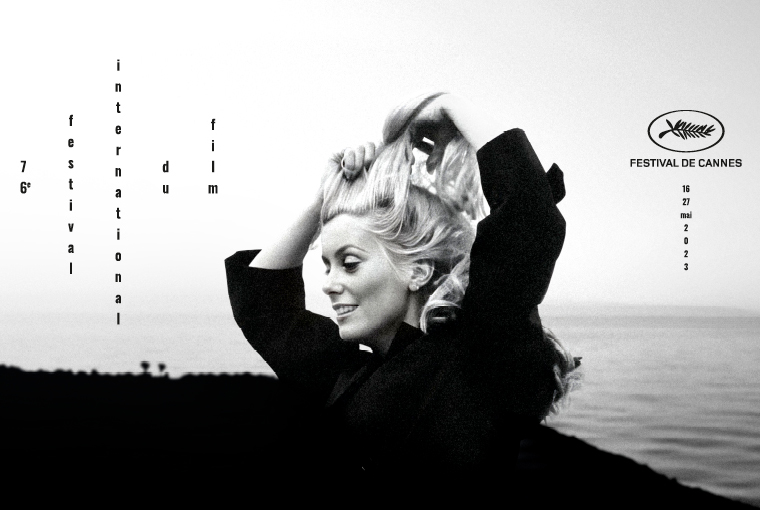
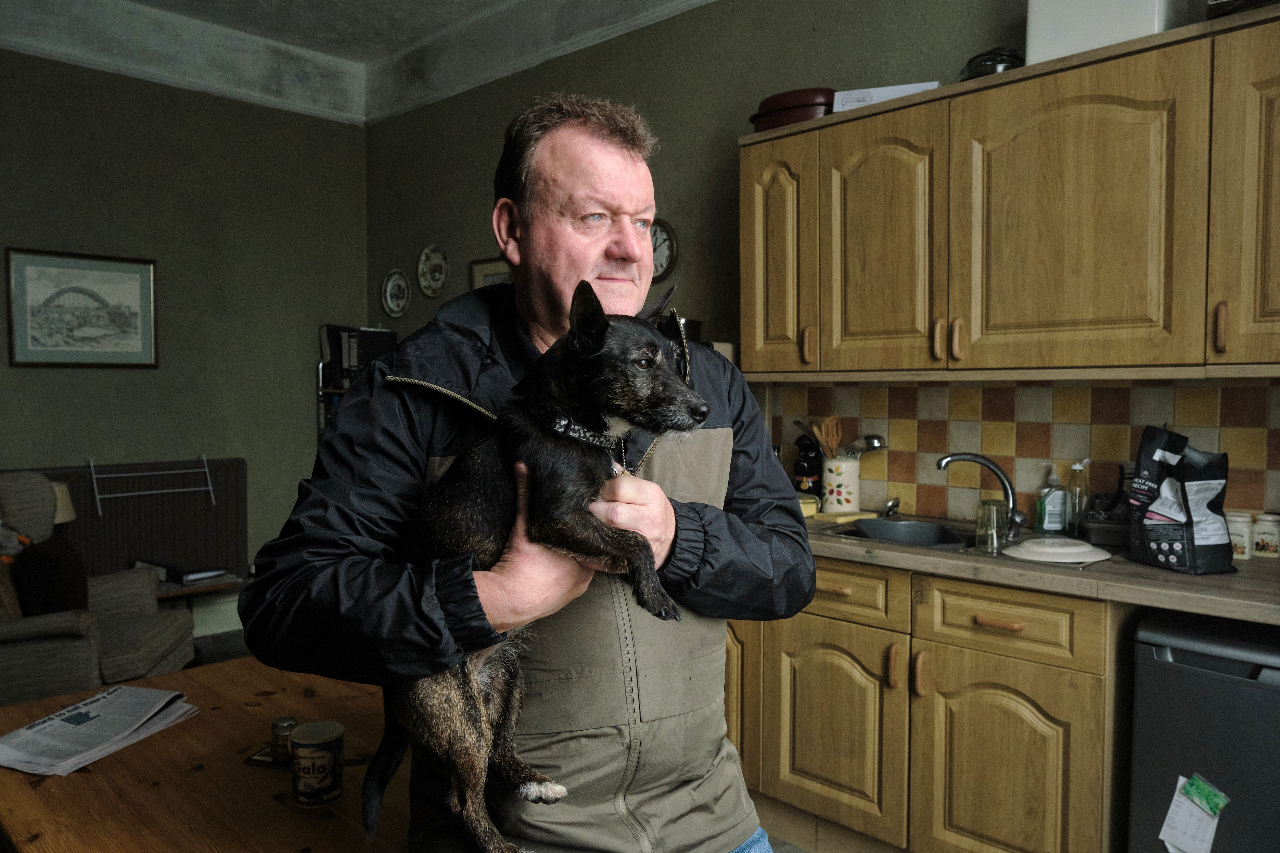

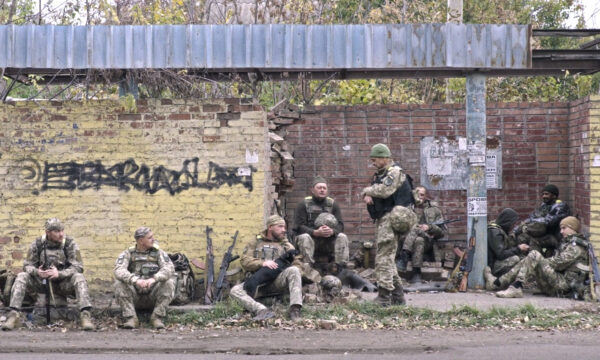

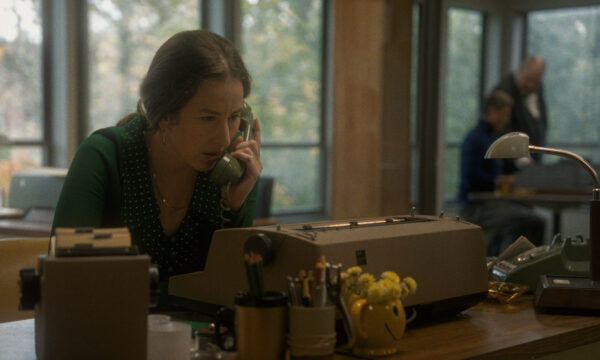


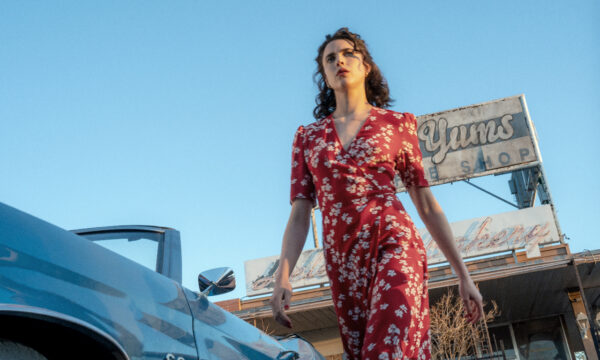

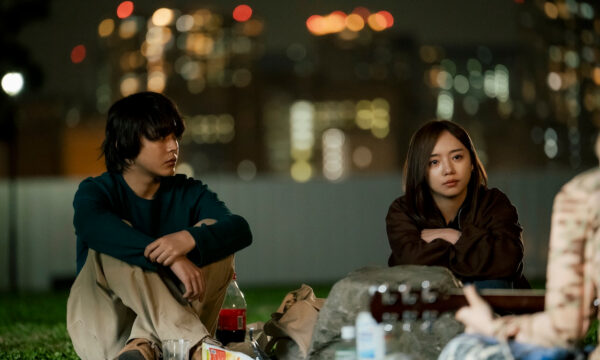








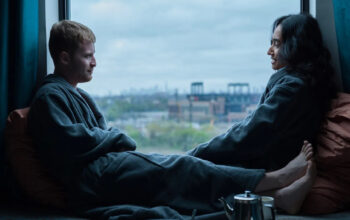






Facebook
Twitter
Instagram
YouTube
RSS